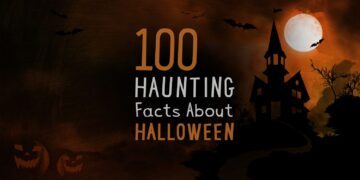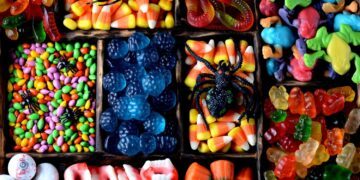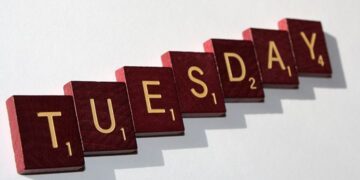Halloween hasn’t always been about dressing as your favorite movie character, trick or treating, and amassing great hoards of candy.
In fact, the concept of a “Halloween costume” is barely a century old.
The name comes from “All Hallows E’en” (or “All Hallows Eve”), part of a three-day Christian holiday that replaced the end-of-summer pagan festival Samhain.
The name stuck for a millennium, until “Hallowe’en” traditions found their way to North America in the 1800’s.
Even then, Halloween was more about bobbing for apples and amateur fortune telling than anything else.
Soon it became a day for escalating pranks, such as covering neighbors with flour and hiding fence gates, and eventually outright vandalism. Such innocent times, indeed!
It wasn’t until the early 1900’s that costumes became part of Halloween traditions, and they were often cheap and made of paper.
This infographic looks back at those origins, and traces how Hallowe’en became the Halloween that we know today.
Along the way, it includes examples of contemporary celebrations from literature, radio broadcasts, and movies.



















